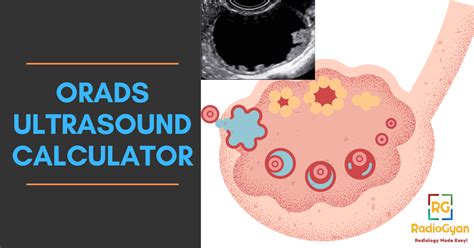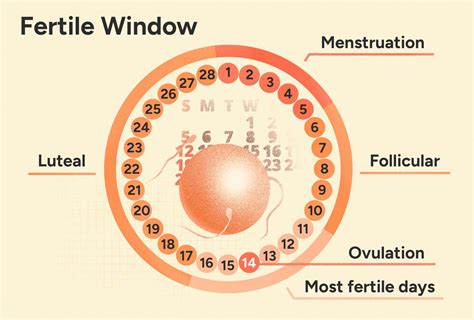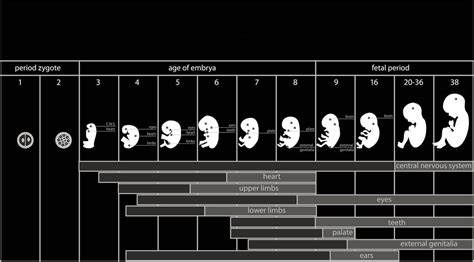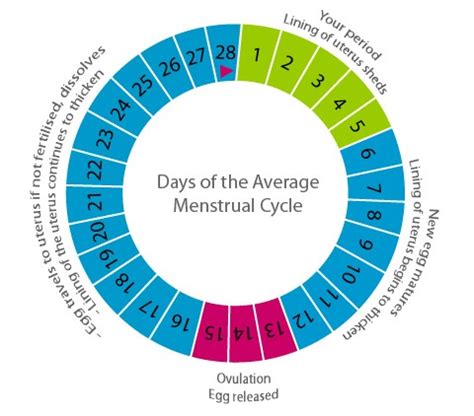Intro
Calculate your babys arrival date with ease using our 5 ways to calculate due date, including ovulation tracking, ultrasound dating, and more pregnancy calculation methods for an accurate estimated due date and a healthy pregnancy journey.
Calculating the due date of a pregnancy is a crucial aspect of prenatal care, as it helps expectant mothers and healthcare providers prepare for the arrival of the baby. The due date, also known as the estimated date of confinement (EDC), is typically calculated based on the first day of the last menstrual period (LMP) or through various methods that estimate gestational age. Understanding the different ways to calculate the due date can provide valuable insights for pregnant women and their caregivers.
The importance of accurately calculating the due date cannot be overstated, as it allows for proper planning and preparation for the baby's birth. Moreover, knowing the due date helps healthcare providers monitor the pregnancy's progress, identify potential complications, and make informed decisions about prenatal care. With the advancement of technology and medical research, there are now multiple methods to calculate the due date, each with its own advantages and limitations.
Calculating the due date is not only essential for pregnant women but also for healthcare providers, as it enables them to provide personalized care and support throughout the pregnancy. By understanding the different methods of calculating the due date, expectant mothers can better prepare themselves for the arrival of their baby and make informed decisions about their prenatal care. Whether it's through traditional methods or modern technologies, calculating the due date is a critical aspect of pregnancy care that should not be overlooked.
Introduction to Due Date Calculation

Method 1: Last Menstrual Period (LMP) Calculation

Advantages and Limitations of LMP Calculation
The LMP method is a simple and widely used technique for calculating the due date. However, it has several limitations, including the assumption of a regular 28-day menstrual cycle and ovulation on day 14. Women with irregular menstrual cycles or those who cannot recall the exact date of their last period may not get an accurate due date using this method. Additionally, the LMP method does not take into account individual variations in ovulation and fertilization, which can affect the accuracy of the due date calculation.Method 2: Ultrasound Calculation

Advantages and Limitations of Ultrasound Calculation
The ultrasound method is a more accurate way to calculate the due date, especially during the early stages of pregnancy. However, it has some limitations, including the need for specialized equipment and trained healthcare providers. Additionally, the accuracy of the ultrasound method may be affected by individual variations in fetal growth and development.Method 3: Ovulation Calculation

Advantages and Limitations of Ovulation Calculation
The ovulation method is a more accurate way to calculate the due date, especially for women with irregular menstrual cycles. However, it requires women to track their menstrual cycle and identify the date of ovulation, which can be challenging and time-consuming. Additionally, the accuracy of the ovulation method may be affected by individual variations in ovulation and fertilization.Method 4: Fetal Development Calculation

Advantages and Limitations of Fetal Development Calculation
The fetal development method is a more accurate way to calculate the due date, especially during the later stages of pregnancy. However, it has some limitations, including the need for specialized equipment and trained healthcare providers. Additionally, the accuracy of the fetal development method may be affected by individual variations in fetal growth and development.Method 5: Menstrual Cycle Calculation

Advantages and Limitations of Menstrual Cycle Calculation
The menstrual cycle method is a simple and widely used technique for calculating the due date. However, it has several limitations, including the assumption of a regular menstrual cycle and ovulation on day 14. Women with irregular menstrual cycles or those who cannot recall the exact date of their last period may not get an accurate due date using this method.What is the most accurate method for calculating the due date?
+The most accurate method for calculating the due date is the ultrasound method, which involves measuring the length of the embryo or fetus during an ultrasound scan. This method is typically performed between 7-10 weeks of gestation and can provide an accurate estimate of gestational age and due date.
Can I calculate my due date using multiple methods?
+Yes, you can calculate your due date using multiple methods, including the LMP method, ultrasound method, ovulation method, fetal development method, and menstrual cycle method. However, it's essential to consult with your healthcare provider to determine the most accurate method for your individual situation.
What are the implications of an inaccurate due date calculation?
+An inaccurate due date calculation can have significant implications for prenatal care and delivery planning. If the due date is miscalculated, it may lead to premature or delayed interventions, unnecessary medical interventions, and increased risk of complications during pregnancy and childbirth.
In conclusion, calculating the due date is a crucial aspect of prenatal care that requires careful consideration of various factors, including menstrual cycle length, ovulation, and fetal development. By understanding the different methods of calculating the due date, expectant mothers and healthcare providers can make informed decisions about prenatal care and delivery planning. Whether it's through traditional methods or modern technologies, calculating the due date is a critical aspect of pregnancy care that should not be overlooked. We invite you to share your thoughts and experiences with due date calculation in the comments below, and don't forget to share this article with your friends and family who may be expecting a baby.
